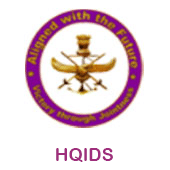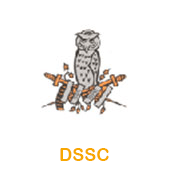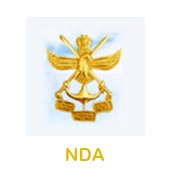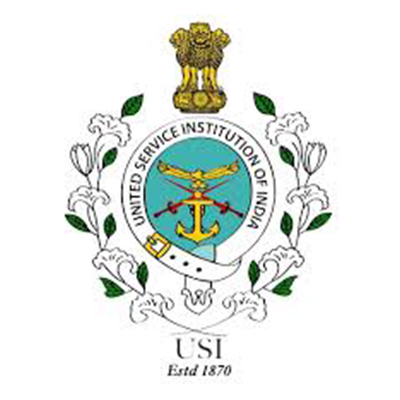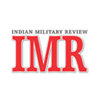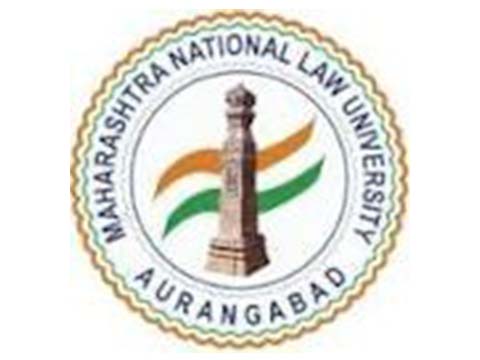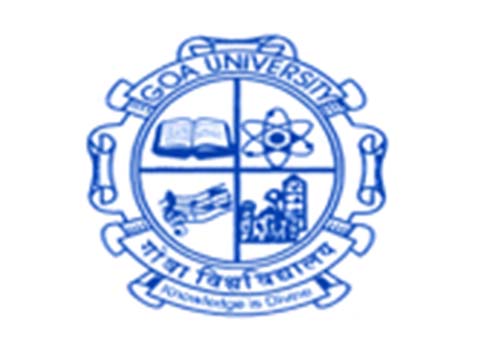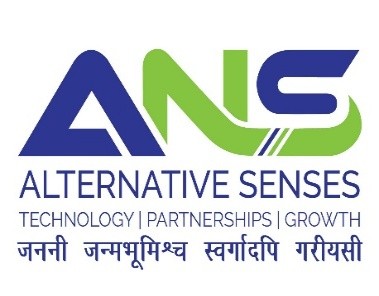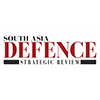
Seminar | 09-Apr-2019
Seminar | 11 MAR 2019
REPORT ON LECTURE : US NUCLEAR POSTUIRE REVIEW “IMPACT ON INDO US RELATIONS”
1. A lecture on ‘US Nuclear Posture Review (NPR’) by Dr Amit Gupta from US Air War College (AWC) was delivered on 11 Mar 2019 at Purple Bay, Jodhpur Officers’ Hostel, India Gate. DG DIA and DCIDS (Int), serving and retired officers from HQ IDS, Services HQs and CENJOWS scholars attended the lecture. Dr Amit Gupta started by reviewing the US Nuclear stance since end of the Cold War. A large number of nuclear weapons of all types were held by Russia at that time. On disintegration of the Soviet Union, Russia found it difficult to dismantle its nuclear weapons as agreed to in SALT treaty. This assistance was provided by the US. On assuming power, President Donald Trump directed Secretary of Defence to initiate a new Nuclear Posture Review (NPR). The President made clear that his first priority is to protect the US, allies, and partners. He also emphasised both the long-term goal of eliminating nuclear weapons and the requirement that the US have modern, flexible, and resilient nuclear capabilities that are safe and secure until such a time as nuclear weapons can prudently be eliminated from the world.
2. Mr. Trump even wanted to know as to why nuclear weapons cannot be used. The Nuclear Posture Review (NPR) 2018 attempted to address all these issues and more. The outcome of the review is quite close to the French Nuclear Policy Paper. The US currently operates 14 OHIO-class SSBNs to be eventually replaced by the COLUMBIA-class SSBN. The COLUMBIA program will deliver a minimum of 12 SSBNs to replace the current OHIO fleet and is designed to provide required deterrence capabilities for decades. The ICBM force consists of 400 single-warhead Minuteman III missiles deployed in underground silos and dispersed across several states. The US United States has initiated the Ground-Based Strategic Deterrent (GBSD) programme to begin the replacement of Minuteman III by 2029. The bomber leg of the triad consists of 46 nuclear-capable B-52H and 20 nuclear-capable B-2A “stealth” strategic bombers. The US has initiated a programme to develop and deploy the next-generation bomber, the B-21 Raider. It will first supplement, and eventually replace elements of the conventional and nuclear-capable bomber force beginning in the mid-2020s. The proposed force requirement attempts to address the question of rapid deployment of appropriate range lethal weapons and the F-35 aircraft could be equipped with modified cruise missiles for this purpose. Beginning in 1982, B-52H bombers were equipped with ALCMs. The ALCM, however, is now more than 25 years past its design life and faces continuously improving adversary air defense systems. The Long-Range Stand-Off (LRSO) cruise missile replacement program will maintain into the future the bomber force capability to deliver stand-off weapons that can penetrate and survive advanced integrated air defense systems. There is no “one size fits all” for deterrence. Consequently, the US will apply a tailored and flexible approach to deter across a spectrum of adversaries.
3. The Russian non-strategic weaponry is assessed to be formidable. The Kh-47M2 Kinzhal is a Russian nuclear-capable air-launched ballistic missile having a claimed range of more than 2,000 km, Mach 10 speed, and an ability to perform evasive maneuvers at every stage of its flight. The Avangard is a Russian hypersonic glide vehicle that can be carried as a MIRV payload by the R-36 M 2 and RS-28 Sarmat heavy ICBMs. It can deliver both nuclear and conventional payloads. Iskander-M Variant for the Russian Armed Forces with two 9M723 quasi ballistic missiles with a range of 415 km is a nuclear capable stealth missile. The new ICBM, and under water nuclear drone torpedoes programmes are the examples of their new weapon systems.
4. China is also creating a tactical capability for fighting a high technology war under local conditions. It has Taiwan, East and South China Seas and Indo-China border in mind. China is unlikely to attack US cities as it has invested one Trn USD in US treasury bonds. Earlier, US President Obama too pivoted back to Middle East. President Trump is trying to rise up to the challenges of the 21st Century especially in the fields of Artificial Intelligence and Robotics. Presently China is likely to lose in South China Sea in case of conflict, but can US hold on to its threatening stance for the next 60-70 years is a question for which there is no answer. North Korea has hardened facilities and will be happy to possess tactical nuclear weapons as it serves its purpose. Iran is gaining influence in Iraq inspite of US renewed sanctions. The effect of new US, Iran policy remains to be seen.
5. Mr. Gupta observed that India’s weapon system is creeping whereas Pakistan and China’s weapons are ready for use. India’s nuclear doctrine review, reliability of its delivery systems, survivability of the systems and modernisation pace of its weapons need to be accelerated. This aspect is not fully understood by the politicians and bureaucrats. There are long procurement periods for technology intensive systems in India. Techno nationalism should be shelved and hedging attempted. We live in the Western order created after World War II. Now China is attempting to more out of this order. The world wants a rule based order whereas US wants perpetuation of unipolarity.
6. Lt Gen Sharma, a former C-in-Cof SFC clarified that India’s nuclear programme is a well thought out programme. The NFU concept is good. The doctrinal review is on. Modernisation of systems is also on and the aircraft based deterrence is quite flexible. Very few people are aware of the Indian programme and capability as secrecy is maintained at all levels. India’s programme is quite capable both against Pakistan and China.
7. Questions raised by the participants were satisfactorily answered by Dr Gupta. The interaction proved quite useful to all the participants as was seen from the interest it raised among them leading to a large number of questions.

